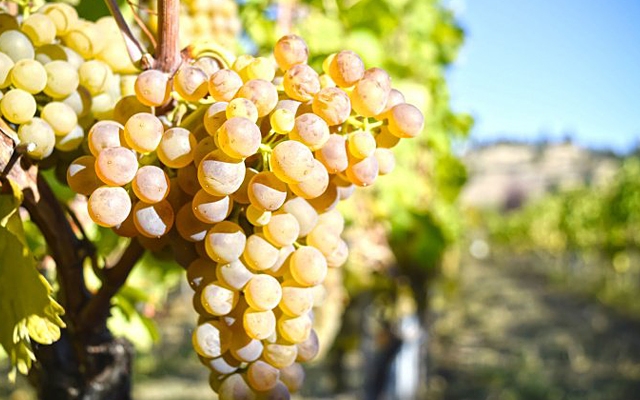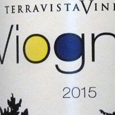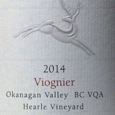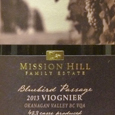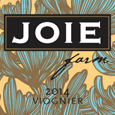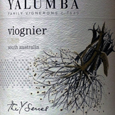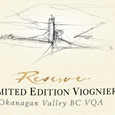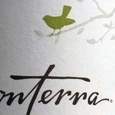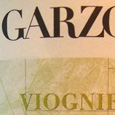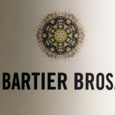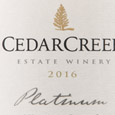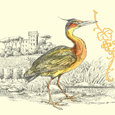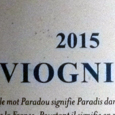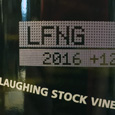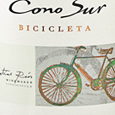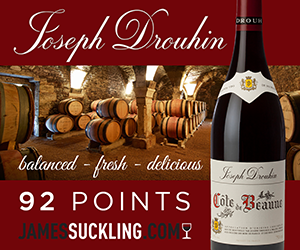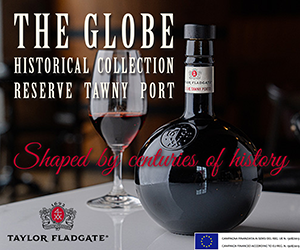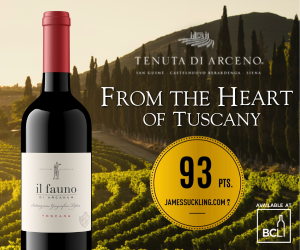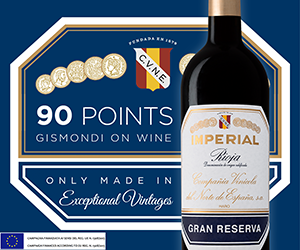Call it a Capital V for Victory for viognier.
The mighty aristocratic, yet highly hedonistic, white grape of the Northern Rhone has experienced a renaissance of unseen proportions over the last 30 years. When Jancis Robinson penned Vines, Grapes & Wines in 1985, she pegged viognier plantings at only 32 hectares worldwide, with nearly all coming from the northern Rhone. This low yield, low acid, high alcohol and high colour white grape was entirely unfashionable, not to mention unprofitable, and hard to manage in the vineyard as physiological ripening happens so late in the season. But oh my the aromas: exotic jasmine, violet, musk, peach, apricot and honeysuckle perfume are typical on the nose. The higher alcohol and sugar levels provide a fuller bodied, creamier wine, one imbued with these perfumed, alluring aromatics. These gregarious and expressive traits have made it a welcome blending partner, chiefly with Rhone buddies roussanne and marsanne, and also infamously with syrah. When the pendulum swung (as it always does) and this fragrant, fuller styled wine became popular, plantings skyrocketed around the world, chiefly in Australia, Chile and California, and surprisingly, in BC's Okanagan Valley. The grape can handle some oak, but too much will quickly mask the perfumed theatrics that viognier wears so well, and overcropping will turn this lower-acid grape into a flabby, watery soup. This seductive but finicky grape can easily become a winemaker’s worst nightmare, so knowing your producers is of elevated importance.
That seductiveness and over-the-top exuberance of most viogniers mean that it’s love it or leave it for many wine drinkers. Interestingly enough, it’s the same divided opinion for viognier’s reputed genetic grape relative – nebbiolo.
Here are our Top 10 Viogniers, and ties, tasted at GOW over the past year.
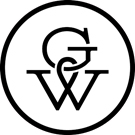
 quicksearch
quicksearch

